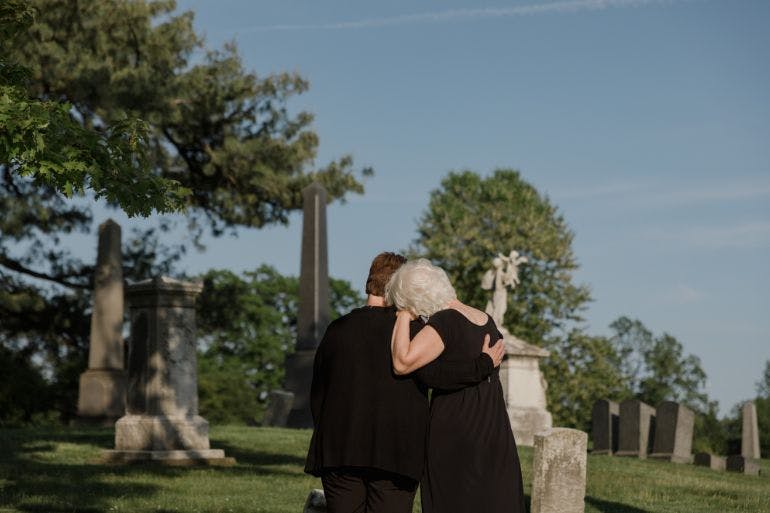First published on Monday, January 10, 2022
Last updated on Thursday, February 27, 2025
In the workplace, various types of illnesses can develop. Some may be more uncommon than others, so it’s important to keep an eye on each of your employees.
Due to the closeness of the surroundings in work, sickness is always present and can cause unexpected absences. These could be costly and may affect your business’ performance over time.
Ignoring sickness in the workplace could also lead to a complaints if prevention steps aren’t in place.
Discover what sick building syndrome is; what the causes are; and how to test effectively to prevent it to adhere to strict health & safety rules.
What is Sick Building Syndrome?
Sick building syndrome (SBS) is a set of symptoms individuals can develop in a specific environment, such as an indoor desk job. These symptoms can occur due to poor indoor air quality. SBS can be found in 30% of new and renovated buildings.
Sick building syndrome in your home could be a possibility too. Many employees working from home can induce SBS causes from their home environment.
The air quality in the home could also be affected if a few individuals are working from the same living space. In this case, these employees would need to follow prevention steps to eliminate SSB.
What are Sick Building Syndrome Symptoms?
There are many SBS symptoms to be aware of. Often, sick building syndrome can be mistaken with cold or flu like symptoms. These can include skin, respiratory and neurological.
Possible SSB symptoms can include the following:
- Headaches.
- Blocked or runny nose.
- Dry, itchy skin.
- Cough.
- Rashes.
- Tiredness or difficulty concentrating.
- Sore throat.
- Chills.
- Body aches.
Individuals with respiratory issues may be at a higher risk due to SBS.
SBS can affect everyone differently and it’s important to note that these symptoms can vary.
Ideally, symptoms will improve after leaving the building or space in question. However, these symptoms may return when the individual comes back to the location.
What Are the Causes of Sick Building Syndrome?
It can be very difficult to determine the causes behind SBS. This is because it can be hard to identify where the causes come from.
Here are some examples for sick building syndrome causes:
- Poor ventilation in buildings.
- Tobacco smoke.
- Poor lightning in rooms.
- Carbon monoxide.
- Noisy work environments.
- Heat or low humidity.
- Presence of mould.
It’s difficult to pinpoint one root cause for SBS. So, once you’ve highlighted possible risk factors, make sure you work with your staff to eliminate them.
What Are the Legal Rules on Sick Building Syndrome?
Employers have a duty of care to their staff. This includes conducting regular maintenance to the ventilation systems under The Workplace Health, Safety, and Welfare Regulations 1992.
But they do not state the frequency in which they should be cleaned.
Building managers and employers need to demonstrate that are they are regularly maintaining the indoor air quality. If not, they could face a costly penalty.
How to Test for Sick Building Syndrome
Testing for sick building requires a process of elimination. An individual may need to speak to their doctor to rule out other conditions that could be similar to sick building syndrome, such as a cold or asthma.
Keep a record of your employee’s symptoms from when they started to when they disappear. This will help you to pinpoint what has caused SBS.
If the symptoms persist, your employee may need to seek further medical advice. There are steps you can take to ensure the safety of your staff:
- Using cleaning products with no fragrance.
- Change air filters regularly.
- Change lights if needed.
- Vacuum the space to remove dust.
How to Prevent Sick Building Syndrome
Preventing SBS will enable you to highlight and reduce possible risks in the workplace.
You will not be able to see if your space has poor air quality or factors. But through risk assessments, you can list all areas which may need addressing.
You can prevent SSB through practices like:
- Allowing your employees to have regular breaks.
- Opening windows to allow fresh air in, if possible.
- Allowing screen breaks from the computer.
- Walking around the office.
It might be impossible to fully eliminate viruses and illness from spreading in the workplace. However, through risk assessments, you can decrease SSB symptoms significantly.
Get Expert Advice on Sick Building Syndrome from BrightHR
If your employees are becoming sick and there are no steps to prevent it, this may be seen as negligence on your part.
To avoid a possible lawsuit, you need to take the correct steps to combat SBS in the workplace. Ensure you look out for the symptoms of SBS and how to prevent it. It’s essential to promote a healthy working environment.
BrightHR can alleviate any stress you may have about sick building syndrome and help you to prepare for any unexpected obstacles.
If you need any assistance on sick building syndrome, don’t hesitate to get in touch with one of our experts.
Book in a free demo today to see how easy it is. Give us a call on 0800 783 2806
Have a question?
Ask away, we’ve got lightning fast answers for UK business owners and employers powered by qualified experts.










